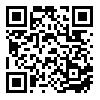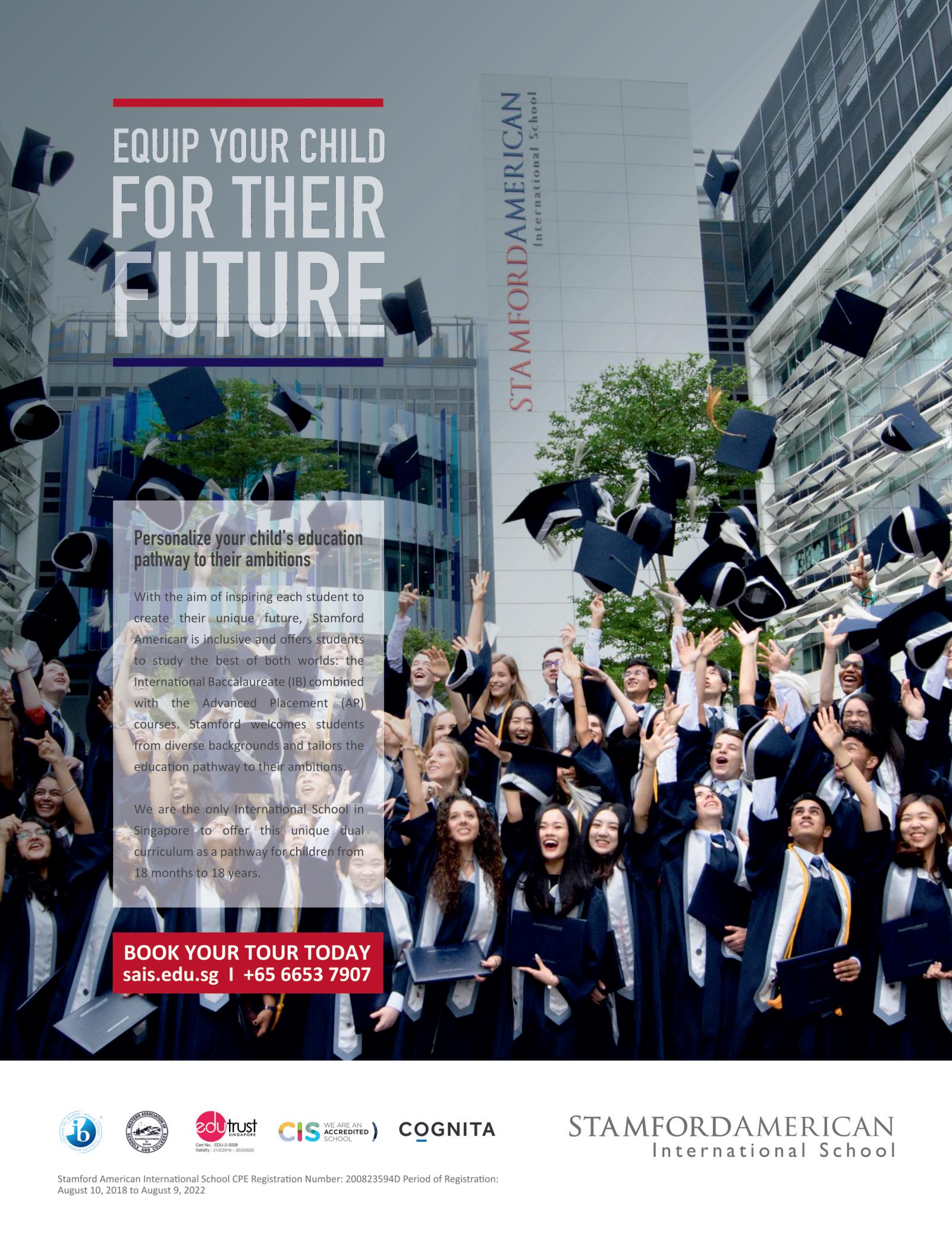
www.enterprisereviewmedia.com






e r s p e c t i v e



www.enterprisereviewmedia.com






e r s p e c t i v e

n today’s digital age, technology has become an essential component of
education, fundamentally reshaping how teaching and learning are conducted. Educators are moving beyond traditional classrooms and methods, adopting digital tools to foster more engaging, personalized, and effectivelearningexperiences.Throughinteractivelessons,virtualclassrooms, real-timeassessments,andglobalcollaboration,technologyenableseducators toconnectwithstudentsindynamicandinnovativeways.Aleadingexampleof thisintegrationis ,apioneeringfigureinOperationsResearch. RichardLarson Throughouthisdistinguishedcareer,Larsonhascontributedtoawiderangeof fields, including urban planning, public safety, education, and community development.
EnterpriseReviewinitsrecenteditiontitledRichardLarson:Empowering Education & Communities Through Visionary Leadership in 2025 recognizes Richard Larson as a pioneering leader in the field of Operations Research (OR). Throughout his distinguished career, Larson has advanced analytical thinking by combining rigorous theoretical foundations with practical,real-worldapplications.AttheMassachusettsInstituteofTechnology (MIT), he demonstrated a unique blend of academic leadership and hands-on

involvementthroughinitiativessuchasENFORTHCorporationandMIT BLOSSOMS.These programs brought OR principles into practicaluse, addressing complex challenges and promoting STEM education on a globalscale.Larson’searlyfieldworkwiththeBostonPoliceDepartment served as the basis for his award-winning research, including the influentialUrbanPolicePatrolAnalysis.
Larson’s impactful contributions have been recognized with numerous honors, including his induction into the National Academy of Engineering. Even in retirement, he remains an influential voice in the field through his continued writing and mentorship His recent publication, MODEL THINKING for Everyday Life, embodies his lifelong commitment to making analytical reasoning accessible and relevant beyond academic settings Larson’s legacy serves as a compelling testament to the lasting value of applying Operations Researchtoaddresscomplex,real-worldchallenges.
Haveagreatreadahead!
From AI to VR Educa�on Innova�on Trends Shaping Tomorrow's Classrooms
From Principle to Prac�ce
The Power of Ethical Leadership in Modern Business




Editor-in-Chief
Merry D' Souza
CONTENT
Managing Editor Bill Limbert
Assisting Editor Joe Lee


www.twitter.com/enterprisereview.com/ www.facebook.com/enterprisereview.com/
WE ARE ALSO AVAILABLE ON

Visualizer Stewart Jonas
Art & Design Director Robin Clarck
Associate Designer Authur Watson DESIGN
SALES
Vice President Jil Kendal
Asst. Vice President Kevin Johnson
Asst. Manager Robert Hanson
Business Development Executive Thomas E.

Email sales@enterprisereview com For Subscription www.enterprisereviewmedia.com
Technical Head Andrea Jackson
Technical Specialist Mike Anderson
Technical Consultant Oliver Sutton TECHNICAL
SME-SMO
Research Analyst Wendy J.
SEO Lead Tasha L.
July, 2025
Copyright © 2025 enterprisereview, All rights reserved. The content and images used in this magazine should not be reproduced or transmitted in any form or by any means, electronic, mechanical, photocopying, recording or otherwise, without prior permission from enterprisereview. Reprint rights remain solely with enterprisereview.


































Learningisbeingrevolutionizedthroughnew
technologies,newpedagogies,andgrowing recognitionthatsimplyreturningtostrict traditionalpracticeisinsufficienttomeetthediversityof learningneeds.Today'sclassroom,inlightspeed,ismoving awayfrompassive,mass-treat-everybody-the-sameand towardactive,adaptive,andhighlyindividualized.Teachers arerethinkingcontentpresentation,studentmotivation,and learningoutcomemeasurement—allbeforeatimeof growingtechnologicalinnovationandglobalconnectivity
This article highlights three pivotal innovation trends that are transforming the future of classrooms.
Personalizedlearningwillbecomeaclassroomstandardof theday,andadaptivetechnologiesareleadingtheway MachinelearningandAI-basedtoolsenablelearning contenttoadaptbasedontheperformer'srate,performance, andlearningbehavior.ThesetoolssuchasSmartSparrow, DreamBoxLearning,andKhanAcademytranslatelivedata andadaptinstruction,offerspecificfeedback,andsupport learnerswithpersonalizedstrategies.Educationisnot forgotten,andalllearnersareabletomoveaheadathis/her ownlevelofproficiency.Inadditiontomereacademic advancement,adaptivetechnologyalsoconsidersother variablesforlearningsuchasmotivation,levelsof engagement,andbehavior.Throughmulti-dimensional analysisofthistype,educatorshaveahigherchanceto makeinformedjudgmentsaboutthebestwaytosupporta particularstudent.
Throughdashboardsandprofoundanalytics,educatorscan spotstudentsatriskearlyandexecutepre-emptive intervention.Thefocusistakenawayfromteachingand
transferredtofacilitationofthelearningprocess,notonlyin improvingperformancebutalsoinenablingthelearnersto takeresponsibilityfortheirownlearning.Also,adaptive learningtechnologyfacilitatesinclusionbecauseitmakes availablethemeanstoincludelanguage-disorderedand learning-disabledstudents.Visuals,speech-to-text,and readinglevelsaccordingtotheirabilitymakestudentsof differentneedsmoreinclusive.Asfuturetechnology introducesAI,morehuman-liketoolscanbedevelopedthat notonlylearntoadapttoacademicdevelopmentbutalsoto emotionandclassinterpersonalrelationships.
Hybridandblendedmodelshavebecomemorepopularin recentyears,especiallywhentheentireworldwentonline aftertheoutbreakoftheCOVID-19pandemic.Themodels combineonlinewithon-campusactivitiestoofferan inclusivemodelthatcanbetailoredtoservedisparate learningenvironments.Thehybridmodelenables institutionstoofferbetterandmoreeffectiveinstructionand addressvariouslearningstylesandindividualsituations.
Inanonline-blendedcourse,thestudentmaybeableto learnweb-basedlessonsorvideotutorialsathomeand swapgroupworkorpersonalattentioninclassroomtime. Thistypeof"flippedclassroom"encouragesactivelearning asstudentsarriveatclasspreparedtocompleteassignments onthematerialtheyhavepreviouslylearned.Learning managementsystemslikeCanvas,Schoology,andGoogle Classroomarecomputerapplicationsthatmaketheprocess easierbyfacilitatingcommunication,makingassignments easiertotrack,andcontentsharingsimpler.Hybridlearning alsoaddressestheissueofeducationalequitybyreducing thephysicalandgeographicalbarriers.
TheuseofVirtualReality(VR)andAugmentedReality (AR)technologywithinschoolsistransformingpassive learningintoactiveexperiencesthatengenderparticipation andunderstanding.Thetechnologiesprovidethestudents withtheabilitytoexperienceresourcesatnewlevelsthat werepreviouslyunthinkable.ThroughtheuseofVR headsetsandARappliances,studentscantakevirtualtours, conductvirtualscienceexperiments,study3Dmodelsof thebiologicalworld,orstudyhistoryupclose.Experiences likeGoogleExpeditions,zSpace,andClassVRhavenow
broughtsuchactivitiesintoschools.Inscienceand engineering,AR/VRallowsstudentstoexperimentwithout danger,learningcomplexprocessesbytrialanderrorand withoutanycosttosociety
Inhistoryandliterature,thetechnologiesmakestories comealive,allowingempathyanddeepercultural understanding.Forexample,ahistorystudentofWorldWar Icanviewthetrenchesandtakeawalkthroughthemin virtualrealitysimulationandlearnaboutitintuitively insteadoffromatextbook.Withdecreasinghardwareprice andproliferatinglibraries,AR/VRmustbecomeaneverlargerpartofmasseducation.WithAIincluded,theycan evenmeasurestudentresponseandtailorexperiencesonthe fly.Ofnoteinthiscontextisthatimmersivelearningalso facilitatesthedevelopmentofso-called"softskills"of collaboration,problem-solving,anddecision-makingby placingthestudentsbothincooperativeandinteractive learningenvironments.
Tomorrow'sclassroomsarebeingreimaginedwiththe integrationoftechnologicaladvancesandevolving pedagogicalmindsets.Personalizedlearningplatformsare remakingeducationaccordingtoindividualneedsanddo notleaveanybodybehind.Hybridandblendeddesigns bringalongconvenienceandflexibility,breakingbarriers andallowinglifelonglearninginphysicalandvirtual environments.Concurrentlywiththis,interactiveARand VRplatformsarealsotransforminglearningandbringingit tolife,injectinglifeandlivelinessintoabstractionsthrough interactiveinterfaces.Thesetechnologiesarenotmerelyan extensionofwhatwedobutareanentirechangeinthe characterofthewayweperceivelearning.Takingsuch trendsonboard,teacherscancreatealearningsystemthat isresponsive,inclusive,andforward-thinking.




In today’s rapidly evolving corporate landscape, ethical
leadership has become a critical pillar for sustainable success. Businesses no longeroperateinisolation;they are deeply embedded within communities, global markets, and a complex network of stakeholders that demand transparency,integrity,andaccountability Ethicalleadership refers to guiding organizations through principled decisionmaking and fostering a culture rooted in moral values. It is proving to be a powerful force that not only enhances organizational reputation but also drives long-term profitability. As companies navigate challenges such as regulatoryscrutiny,consumeractivism,andtheexpectations of an increasingly informed workforce, the role of ethical leadership becomes indispensable It shapes corporate culture, influences stakeholder trust, and ultimately determinesanorganization’sresilienceinthefaceofcrises.
This article outlines the transformative impact of ethical leadership in modern business, highlighting how principled leadership contributes to organizational success, employee engagement,andsocietalwell-being.
At the core of ethical leadership lies trust, the cornerstone upon which successful and enduring business relationships are built. Trust is an invaluable asset that, once established, opensdoorstolastingpartnershipswithcustomers,suppliers, investors, employees, and the broader community Ethical leaderscultivatetrustbydemonstratingconsistencybetween their words and actions, ensuring transparency in decisionmaking processes, and prioritizing fairness and accountability in all interactions. In doing so, they create an environment where stakeholders feel confident that the company operates with integrity and consistently respects highethicalstandards.


In contrast, breaches of ethical conduct can rapidly erode stakeholder confidence, inflicting severe and sometimes irreversibledamageonacompany’sreputation.Intheageof social media and instant communication, unethical behavior is quickly exposed and can trigger widespread public backlash, costly legal penalties, and significant loss of business Ethical leadership mitigates these risks by embedding a proactive and unwavering commitment to ethicalprincipleswithintheorganization’sstrategyanddaily operations.Thiscommitmentnotonlyprotectsthecompany’s brandbutalsodifferentiatesitinhighlycompetitivemarkets where consumers increasingly favor businesses that demonstrate genuine social responsibility and ethical stewardship.
Ethical leadership profoundly influences the internal dynamics of an organization, particularly its culture and employeeengagement.Leaderswhoprioritizeethicsfostera workplaceenvironmentcharacterizedbyrespect,inclusivity, transparency, and fairness. When employees perceive their leaders as ethical, they are more likely to feel valued, motivated, empowered, and aligned with the company’s mission.Thisalignmentboostsmorale,reducesturnover,and enhances productivity by encouraging employees to act responsibly,collaborateeffectively,andcontributetheirbest effortstowardsharedgoals.
Moreover,ethicalleaderssetthetoneforbehaviorthroughout theorganizationbyconsistentlymodelingthestandardsthey expect from others. This leadership style encourages open communication, accountability, trust, and a shared sense of purpose. It also empowers employees to speak up against unethical practices without fear of retaliation, creating a cultureofintegritythatpermeatesalllevelsofthebusiness.In this way, ethical leadership serves as a catalyst for building resilient,innovativeorganizationsthatcanadapttochanging market demands while steadfastly maintaining their core values.
Beyondimmediatebusinessbenefits,ethicalleadershipplays a pivotal role in driving sustainable growth that balances profit with purpose. Modern consumers and investors increasingly demand that companies demonstrate social and environmental responsibility alongside financial performance.
Ethical leaders recognize this significant shift and integrate sustainability principles into their strategic planning, ensuring that business activities contribute positively to society, protect natural resources, and minimize harm to the environmentoverthelongterm.
Bychampioningethicalpractices,companiescanunlocknew opportunities for innovation and market expansion. For example, adopting fair labor practices, investing in ecofriendly technologies, and engaging in community development initiatives enhance corporate social responsibility and appeal to a growing segment of socially conscious consumers Furthermore, ethical leadership attracts investors who prioritize environmental, social, and governance (ESG) criteria, providing access to capital that supports long-term projects, innovation, and sustainable growth.Ultimately,ethicalleadershipalignsbusinesssuccess with broader societal progress, underscoring the profound impact responsible corporate governance can have on the world.
The power of ethical leadership in modern business extends far beyond compliance with laws and regulations. It is a strategic imperative that fosters trust, shapes positive organizational culture, and drives sustainable growth. As companies face increasing pressure from stakeholders and societal expectations, ethical leadership provides a framework for navigating complexities with integrity and foresight. Businesses led by ethical leaders are better positionedtothriveincompetitivemarkets,attractandretain top talent, and contribute meaningfully to the communities theyserve.Embracingethicalleadershipisnotonlytheright choice—itisthesmartchoiceforenduringbusinesssuccess.






www.enterprisereviewmedia.com
